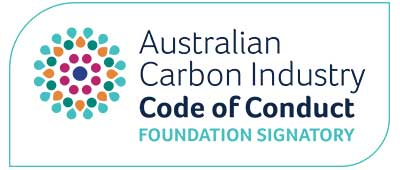Auction No.2: Anything New?
The Clean Energy Regulator has announced the 2nd ERF auction for 4-5 November 2015 and released new auction guidelines. Will anything change at auction no 2?
Yes and no.
No because it will still be a single round auction through AusTender, the minimum bid is still 2000 credits per year (or 15,000 credits for the total bid) and you still can’t tell anyone about your bid. The Regulator is also offering the same advice that the best strategy for success is to bid:
The lowest price at which it is worth your while to commit to the project.
On the other hand, there are some important changes in the updated auction guidelines.
The key change is this new idea of “variable volume threshold”. This gobbledygook means the Regulator will have the flexibility to accept between 50 and 100 per cent of the volume of abatement offered that is below the benchmark price. Previously, the Regulator was obliged to accept 80 per cent of the volume bid below the benchmark price. In effect, the benchmark price is now irrelevant—the Regulator can just decide where to draw the line after it sees all the bids. This may make things a little more competitive. Regulator Chair, Chloe Munro, says:
The threshold will be at the point where the bids represent best value for money.
Does anyone know what this means?
Projects must now have an authorised bidder—before it was optional. You can’t bid for yourself unless you are an individual. The authorised bidder submits the paperwork and does the business on Austender. Presumably this is to make the auction process a bit smoother, but it does seem to be a little disempowering.
The Regulator also wants to keep things a little more orderly—any new projects must be submitted to the Regulator by Friday 18 September 2015. You will need to move quickly if you don’t have a registered project!
So what’s gonna happen? There’s been a flurry of new projects registered recently meaning there are currently 244 projects without ERF contracts (about the same as at the time of the first auction). Not to mention new methods across industry including energy efficiency, transport and coal mining methods. These are likely to generate more projects by the time of the auction cutoff.

Results from auction no 1 in April 2015
All this has industry commentator RepuTex forecasting that $1.4 billion of the remaining $1.89 billion in ERF funding (75 per cent) will go to industry. More methods and more projects means more competition. In the words of Regulator Chair, Chloe Munro:
With a growing number of methods available and a large number of new project registrations, we are confident the second auction will attract strong competition.
Only 2 out of 14 Indigenous savanna projects won contracts in auction no 1 in an auction dominated by the land sector. Will industry take the lion’s share in auction no 2? How many savanna projects will win contracts?
Our ERF auction page is fully updated. Participate wisely.























